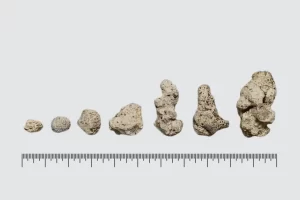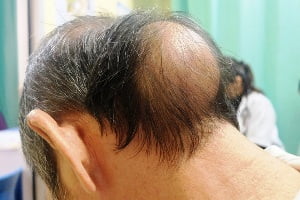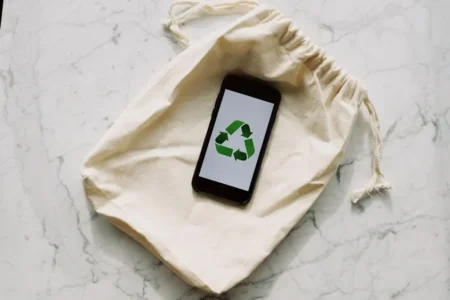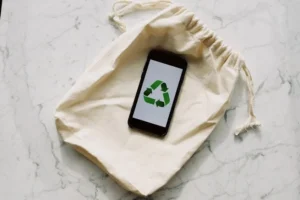Do You Even Know How to Look After Your Hair?
- Updated on: Apr 4, 2025
- 4 min Read
By
- Published on Apr 4, 2025
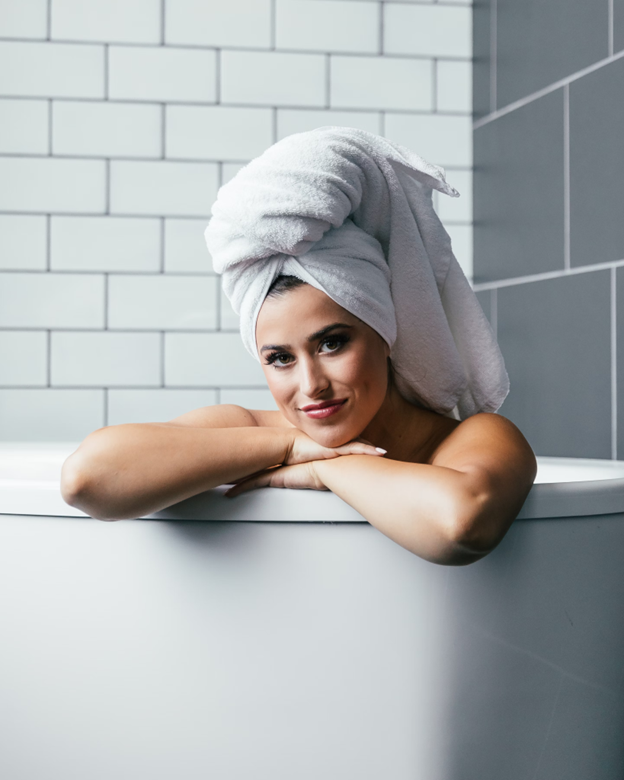
Most of us grew up learning hair care from magazine quizzes or product commercials. No wonder we’re confused.
The truth is, proper hair care goes way beyond the products in your shower caddy. It starts with knowing your scalp, understanding your hair type, and actually reading the label on that shampoo bottle.
Why Scalp Health Is a Game-Changer
You could be using all the right products and still dealing with lifeless strands if your scalp isn’t in good shape. Poor scalp health can lead to issues like dandruff, itchiness, and even hair loss. And yet, so many of us ignore it completely.
Exfoliating your scalp once a week with a scrub or brush helps remove buildup from products, oil, and dead skin. Incorporating scalp oils (especially those with peppermint or tea tree) can also promote circulation and support healthy growth. Daily brushing stimulates the scalp too—just be gentle.
If you’re not sure where to start, here’s how I’ve leveled up my own scalp care and why it made all the difference. Trust me, your shampoo will work better once you’ve got your foundation right.
What Type of Hair Do You Even Have?
Raise your hand if you’ve described your hair as “wavy” or “kinda curly” without really knowing what that means. Understanding your actual hair type is essential if you want to give it the care it needs. The hair typing system goes from 1A (pin-straight) to 4C (tight coils), and yes—there’s a huge difference between them.
Let’s say your hair seems straight but frizzes like crazy and has a bit of a wave at the ends. That could mean you’re working with 1C curls—and they need a very different routine than stick-straight 1A strands.
When you know your type, you can choose the right styling techniques, avoid unnecessary heat tools, and finally get products that actually work.
Hidden Villains in Your Shampoo Bottle
Just because your shampoo smells amazing doesn’t mean it’s doing your hair any favors. In fact, many of the products you’ll find on store shelves are loaded with harmful ingredients that actually strip your hair and scalp of what they need most.
First up: sulfates. These are foaming agents that make your shampoo lather like a bubble bath—but they also remove natural oils and can leave your hair dry and fragile. Parabens are another red flag; they’re preservatives linked to hormone disruption. Then there are drying alcohols, synthetic fragrances, and silicones that build up and suffocate your strands over time.
Making the switch to cleaner, more nourishing products can lead to less breakage, more shine, and a whole lot fewer bad hair days.
Are You Even Using the Right Shampoo?
Not all shampoos are created equal—and not all scalps need the same thing. If your hair feels greasy by noon or dry before you’ve even left the house, you might be using the wrong formula altogether.
For oily scalps, look for clarifying or balancing shampoos that gently remove excess oil without stripping everything. If your scalp is dry and flaky, go for hydrating formulas with soothing ingredients like aloe, coconut oil, or oat milk. Have color-treated or heat-damaged hair? You’ll want strengthening shampoos packed with protein and moisture.
It’s also about your environment. If you live in a place with hard water or high humidity, you’ll need to adjust your routine accordingly.
The bottom line: don’t just pick the shampoo that smells nice or says “for all hair types.” Identify your hair’s needs first, then shop smart. Your shampoo is the foundation of your hair care routine—make sure it’s working for you, not against you.
Protective Hairstyles (Yes, Even When You’re Just Sleeping)
If you thought protective hairstyles were only for beach vacations or box braids, think again. Every head of hair—curly, wavy, or straight—can benefit from styles that reduce friction and stress.
During the day, protective hairstyles like loose buns, French braids, or tucked styles help shield your ends from wind, sun, and constant manipulation. At night, it’s about what your hair rubs against. Cotton pillowcases may feel soft, but they actually cause friction and absorb your hair’s natural oils.
Enter: silk bonnets, satin scarves, and silk pillowcases. These reduce breakage, preserve styles, and keep moisture where it belongs. Bonus points if you gently braid your hair or wrap it before bed.
Think of it as investing in your hair while you sleep. It’s effortless, and the payoff—less frizz, fewer split ends, longer-lasting styles—is huge.
Eat for the Hair You Want
What you eat shows up on your scalp—and your hair. If your diet is all processed food, sugar, and caffeine, it’s no wonder your strands are looking a little sad. For healthy hair, you want to keep your inside healthy too!
Protein is the building block of hair, so make sure you’re getting enough. Lean meats, eggs, beans, and tofu are all solid choices. Add omega-3s for shine and scalp support—think salmon, flaxseeds, or walnuts. Iron, zinc, and biotin also play major roles in hair strength and growth.
Don’t forget hydration. Water helps your body function, and that includes your hair follicles. Even mild dehydration can slow hair growth and cause dryness.
You don’t need a complicated meal plan or expensive supplements. Just aim for a balanced diet filled with colorful veggies, healthy fats, and whole grains. Your hair isn’t separate from your health—it reflects it.
When It’s Time to Cut (Even If You’re Not Ready)
Here’s the truth no one wants to hear: if your ends are fried, no product is going to bring them back. Holding on to damaged hair just delays the inevitable—and keeps the rest of your hair from thriving.
Split ends can travel up the shaft and cause more breakage. Getting regular trims, even if they’re small, helps maintain healthy length and reduces the appearance of frizz and thinness.
If you’ve had a bad bleach experience or your ends are snapping off, consider a low-maintenance cut like a blunt bob or shoulder-length layers while your hair recovers. It’s not about going short—it’s about giving your hair a fresh start.
Great hair doesn’t happen by accident—it happens when you stop winging it and start working with what your hair actually needs. From your scalp to your shampoo to your snack choices, every little change adds up. So next time you catch yourself wondering why your hair isn’t cooperating, come back to this checklist. Your best hair days aren’t behind you—they’re just a few good habits away.
